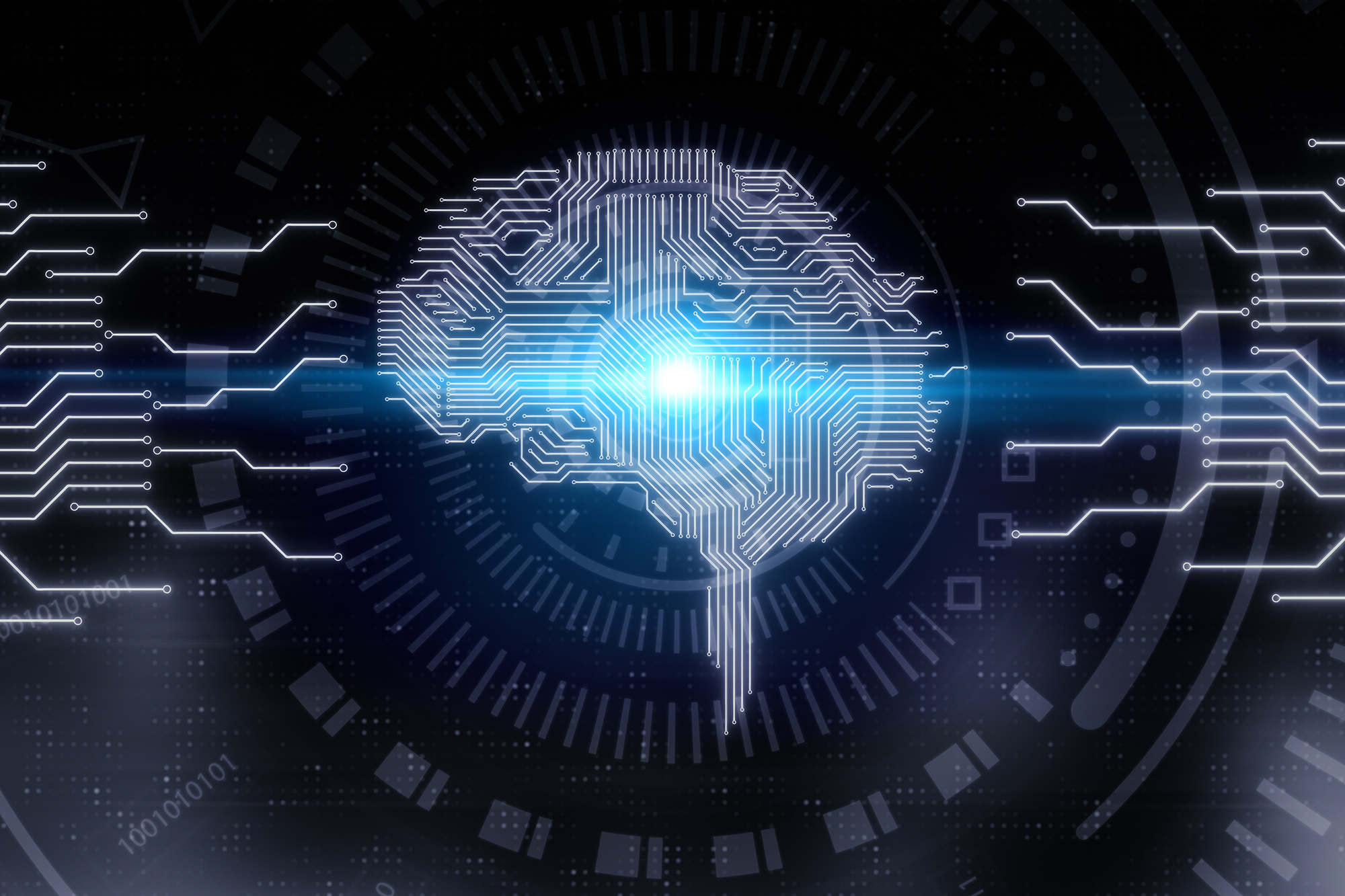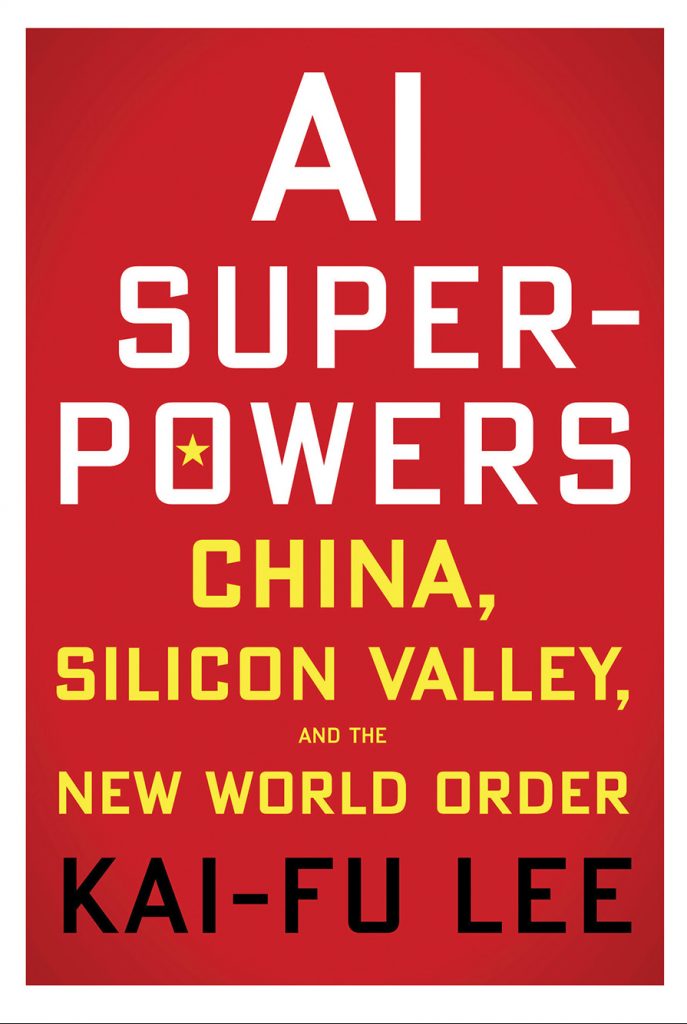
 I recently spoke on artificial intelligence, law, and ethics as a panelist at the International Conference on Unmanned Aircraft Systems in Atlanta. At the end of our discussion, the moderator asked each panelist to recommend a book to the audience. Without hesitation, I recommended AI Superpowers: China, Silicon Valley, and the New World Order by Dr. Kai-Fu Lee1 — a book first recommended to me by U.S. Supreme Court Justice Anthony M. Kennedy.
I recently spoke on artificial intelligence, law, and ethics as a panelist at the International Conference on Unmanned Aircraft Systems in Atlanta. At the end of our discussion, the moderator asked each panelist to recommend a book to the audience. Without hesitation, I recommended AI Superpowers: China, Silicon Valley, and the New World Order by Dr. Kai-Fu Lee1 — a book first recommended to me by U.S. Supreme Court Justice Anthony M. Kennedy.
I pass along the recommendation eagerly, and not just to those who are keenly interested in cyber law, as I am. AI Superpowers offers a timely and important view on the rapid development of artificial intelligence, China’s relentless drive to dominate the field, and the need for a strong moral vision to guide this new era of technological innovation.
Kai-Fu Lee is widely regarded as one of the world’s top researchers on artificial intelligence. He is the founder, chairman, and CEO of Sinovation Ventures and previously served as the president of Google China. He presents a fascinating comparative study of the technology startup culture in Beijing and Silicon Valley. Silicon Valley entrepreneurs are industrious, innovative, and explorative, he says, but “sluggish” in comparison to China’s cutthroat tech scene.2 In order to compete in Chinese markets, Lee says companies must be resilient. They also must constantly improve their products because copying is an accepted practice amongst competitors.
“Every day spent in China’s startup scene is a trial by fire, like a day spent as a gladiator in the Coliseum,” he writes.3 “The battles are life or death, and your opponents have no scruples.”4
Corporate America, he warns, is unprepared for China’s bid to dominate markets around the globe:
I believe that China will soon match or even overtake the United States in developing and deploying artificial intelligence. In my view, that lead in AI deployment will translate into productivity gains on a scale not seen since the Industrial Revolution. . . . This new AI world order will be particularly jolting to Americans who have grown accustomed to a near-total dominance of the technological sphere.5
Lee outlines the four waves of AI research and development: (1) internet artificial intelligence; (2) business artificial intelligence; (3) perception artificial intelligence; and (4) autonomous artificial intelligence.6
Internet artificial intelligence relies on users’ preferences and decision-making to label data while browsing. Internet users are well familiar with this practice, whether they know it or not. When you use an internet search engine like Google or Bing and it offers search suggestions as you’re typing your keywords — that’s an example of internet AI.
Business artificial intelligence is when information about individuals’ preferences is aggregated and used to feed algorithms for commercial purposes. Business AI essentially “mines these databases for hidden correlations that often escape the naked eye and human brain. It draws on all the historic decisions and outcomes within an organization and uses labeled data to train an algorithm that can outperform even the most experienced human practitioners.”7
For example, imagine shopping on Amazon.com for a gift for a friend – you are looking at a particular brand of sports wristwatch and clicking through various styles to compare. In searching, you notice that the website is encouraging you to look at similar brands based on your search history. These suggestions are indicators of your AI-generated consumer profile — business artificial intelligence at work.
The third wave of artificial intelligence, perception artificial intelligence, refers to deep machine learning and neural networks. With perception artificial intelligence, algorithms are able to interpret and identify shapes and images in the way a human would. Lee explains that “[a]lgorithms can now group the pixels from a photo or video into meaningful clusters and recognize objects much in the same way our brain does . . . . The same goes for audio data.”8 The book offers several examples, such as Amazon’s Echo and Alibaba’s Citybrain, which rely upon deep-learning algorithms to analyze data and provide users with real-time assessments of the environment, whether at home or waiting in traffic on the highway.
Recent news headlines also offer examples of the malicious uses of perception artificial intelligence — for instance, the infamous “Drunk Pelosi” video. In May 2019, a fake video of an apparently drunken U.S. House Speaker Nancy Pelosi emerged on Facebook. The video showed Pelosi slurring her words and appearing intoxicated. It received more than 2.5 million views and was Tweeted by several U.S. politicians — including President Donald Trump.9 These sorts of altered videos are a concern of the U.S. Intelligence Community based on the 2019 Worldwide Threat Assessment report. The report states that adversaries and strategic competitors “probably will attempt to use deepfakes to create convincing — but false — image, audio, and video files to augment influence campaigns directed against the United States and our allies and partners.”10
Lee calls the fourth wave autonomous artificial intelligence. Here, autonomy refers to the ability of a machine to function without a human operator. Consider autonomous weapons systems: Human control over autonomous weapon systems can be imagined along a spectrum from automatic, semi-autonomous, and fully autonomous capabilities. With regard to the broad development and application of military AI, the Congressional Research Services’ report Artificial Intelligence and National Security notes that AI technologies have already been incorporated into military operations in Iraq and Syria. Further, by 2035 the Joint Force is expected to have implemented human machines teaming with armed robotics in warfighting based on the 2016 Joint Concept for Robotic and Autonomous Systems.11
What distinguishes AI Superpowers from other books on artificial intelligence? This book has heart. Lee urges us to see the development of AI not as a race to global conquest, but as an opportunity to work collaboratively in developing technology that can transform our world for the betterment of all.
Lee came to a new understanding of AI’s humanitarian potential as he battled stage IV lymphoma. His cancer shook him from an “obsessive dedication” to be one of the world’s top researchers in artificial intelligence and to work toward more humanitarian goals.
In the chapter, “The Wisdom of Cancer,” Lee writes: “In an instant, my world of mental algorithms and personal achievements came crashing down. None of those things could save me now, or give me comfort and a sense of meaning. Like so many forced to suddenly face their own mortality, I was filled with fear for my future and with a deep soul-aching regret over the way I lived my life.”12
He asks readers to imagine their own grave and ask: What do I want to have written on my gravestone? For Lee, the answer might be something about having helped to bring humanity to artificial intelligence. He urges us to “forge a new synergy between artificial intelligence and the human heart, and look for ways to use the forthcoming material abundance generated by artificial intelligence to foster love and compassion in our societies.”13 Achieving this, he says, is essential for future economic prosperity and spiritual growth.
The AI great power competition between the U.S. and China is often explained using an arms race metaphor. In a refreshing way, Lee’s book avoids such language. Instead, he offers a clear-eyed and frank assessment of U.S. and Chinese artificial intelligence capabilities and ambitions — and the prediction that China will outpace the U.S. in developing internet artificial intelligence and perception artificial intelligence within the next five years.
Ultimately, Lee’s book left me with this hope: If there must be a great power “race” in the development of artificial intelligence, may the race ultimately be steered by logic and ethics — with politics just tagging along for the ride.